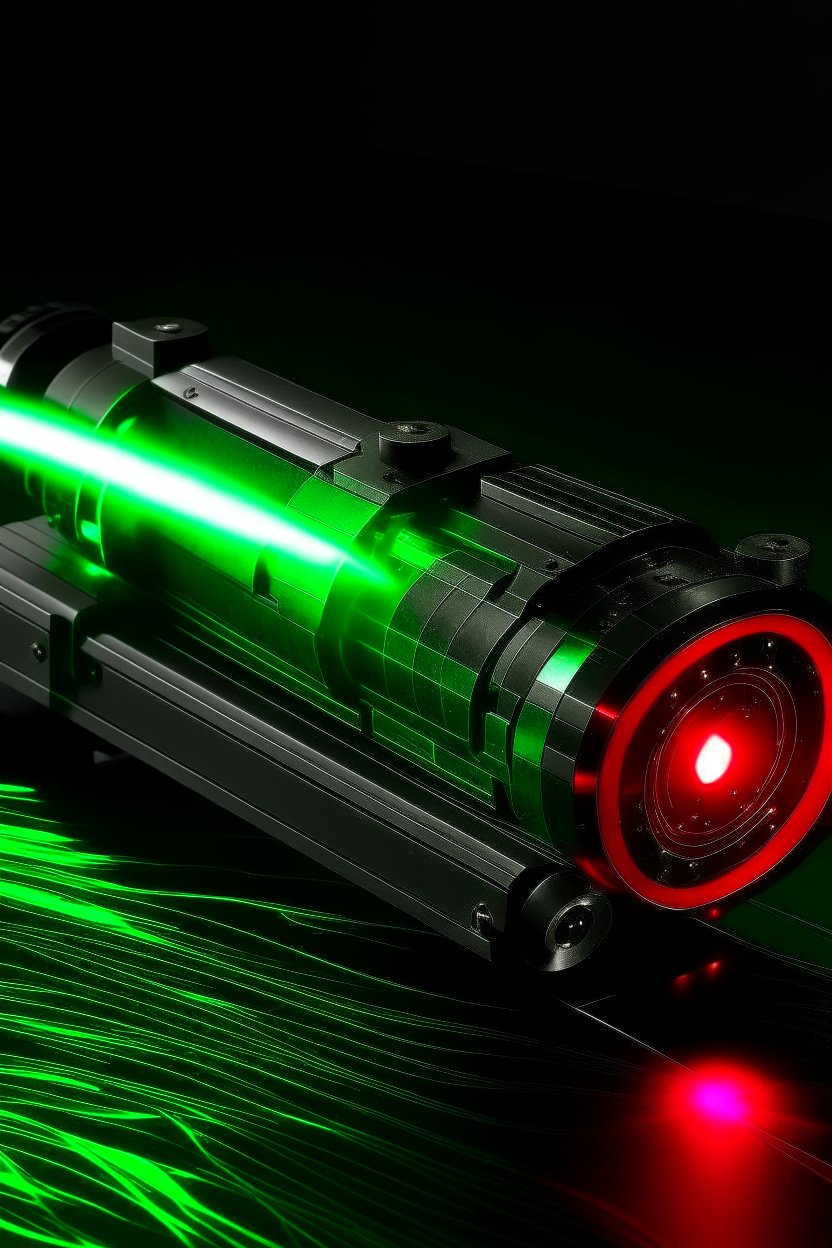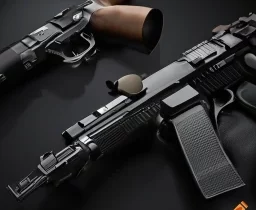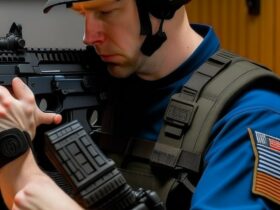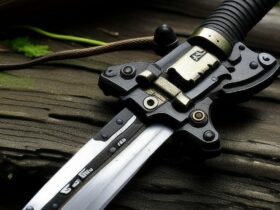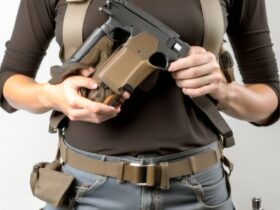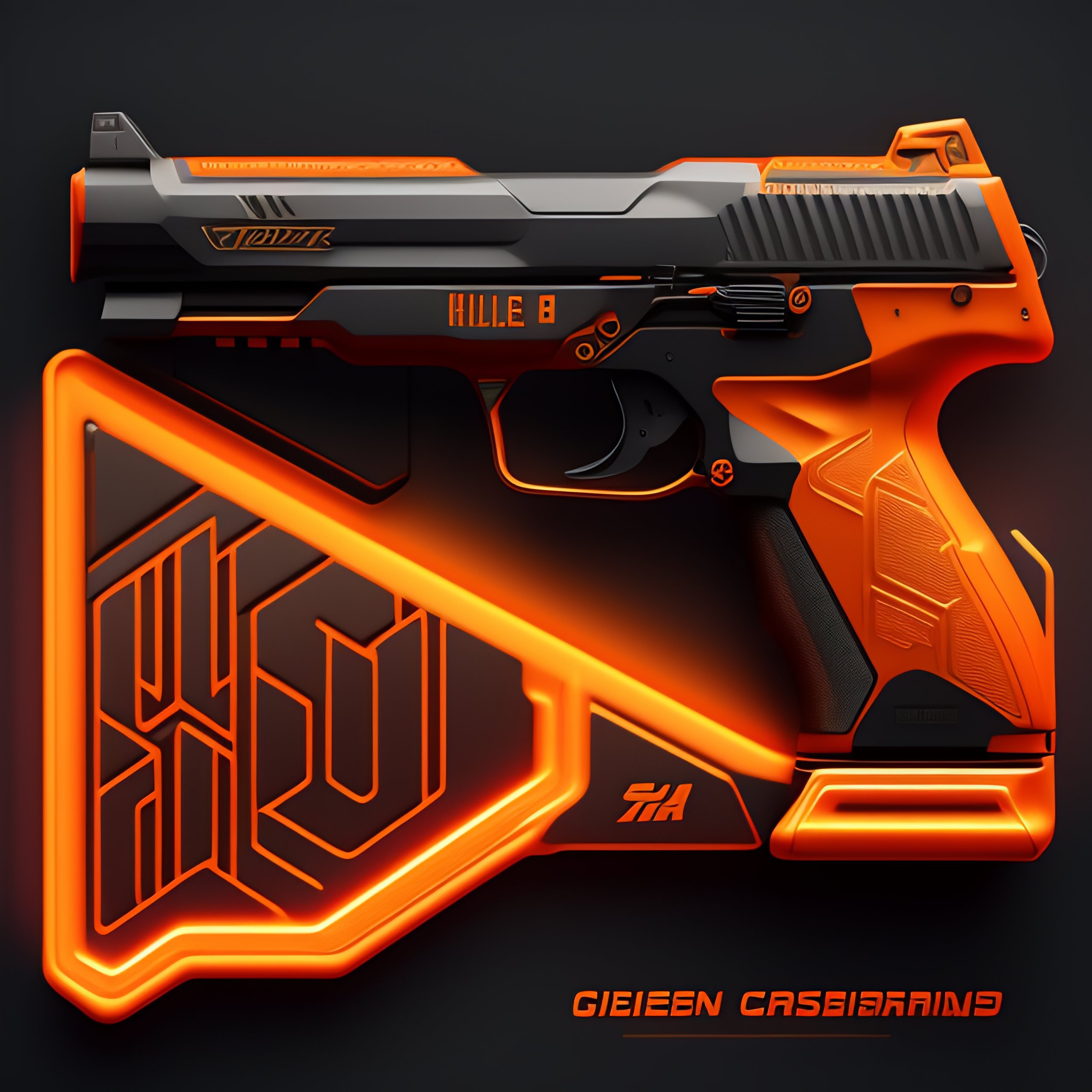When it comes to tactical lights and laser sights, there is no one-size-fits-all solution. Every shooter has different needs and preferences, and the right combination of tactical lights and laser sights can make a huge difference in your shooting performance. That’s why we’ve put together this ultimate guide to tactical lights and laser sights. We’ll cover the different types of lights and laser sights available, the advantages and disadvantages of each, and the best way to choose the right combination for your needs.
First, let’s talk about the different types of tactical lights and laser sights. There are three main types of tactical lights: handheld, weapon-mounted, and helmet-mounted. Handheld lights are great for close-range illumination and can be used in a variety of situations. Weapon-mounted lights are designed to be attached to a firearm and provide a more focused beam of light. Helmet-mounted lights are designed to be worn on the head and provide a wide field of view.
When it comes to laser sights, there are two main types: visible and infrared. Visible laser sights are designed to be seen by the shooter and are great for close-range target acquisition. Infrared laser sights are designed to be used in low-light conditions and are great for long-range target acquisition.
Now that you know the different types of tactical lights and laser sights, let’s talk about the advantages and disadvantages of each. Handheld lights are great for close-range illumination, but they can be cumbersome and difficult to use in certain situations. Weapon-mounted lights are more convenient and provide a more focused beam of light, but they can be difficult to mount and require a steady hand. Helmet-mounted lights provide a wide field of view, but they can be uncomfortable and can be difficult to aim. Visible laser sights are great for close-range target acquisition, but they can be easily seen by the enemy. Infrared laser sights are great for long-range target acquisition, but they require specialized equipment to be seen.
Finally, let’s talk about the best way to choose the right combination of tactical lights and laser sights for your needs. The best way to do this is to consider your shooting style and the environment you’ll be shooting in. If you’re shooting in low-light conditions, you may want to opt for a combination of a weapon-mounted light and an infrared laser sight. If you’re shooting in close-range situations, you may want to opt for a combination of a handheld light and a visible laser sight.
No matter what combination of tactical lights and laser sights you choose, it’s important to practice with them and become familiar with their operation. This will ensure that you’re able to use them effectively in any situation.
We hope this ultimate guide to tactical lights and laser sights has been helpful. With the right combination of lights and laser sights, you’ll be able to shoot with greater accuracy and confidence.

